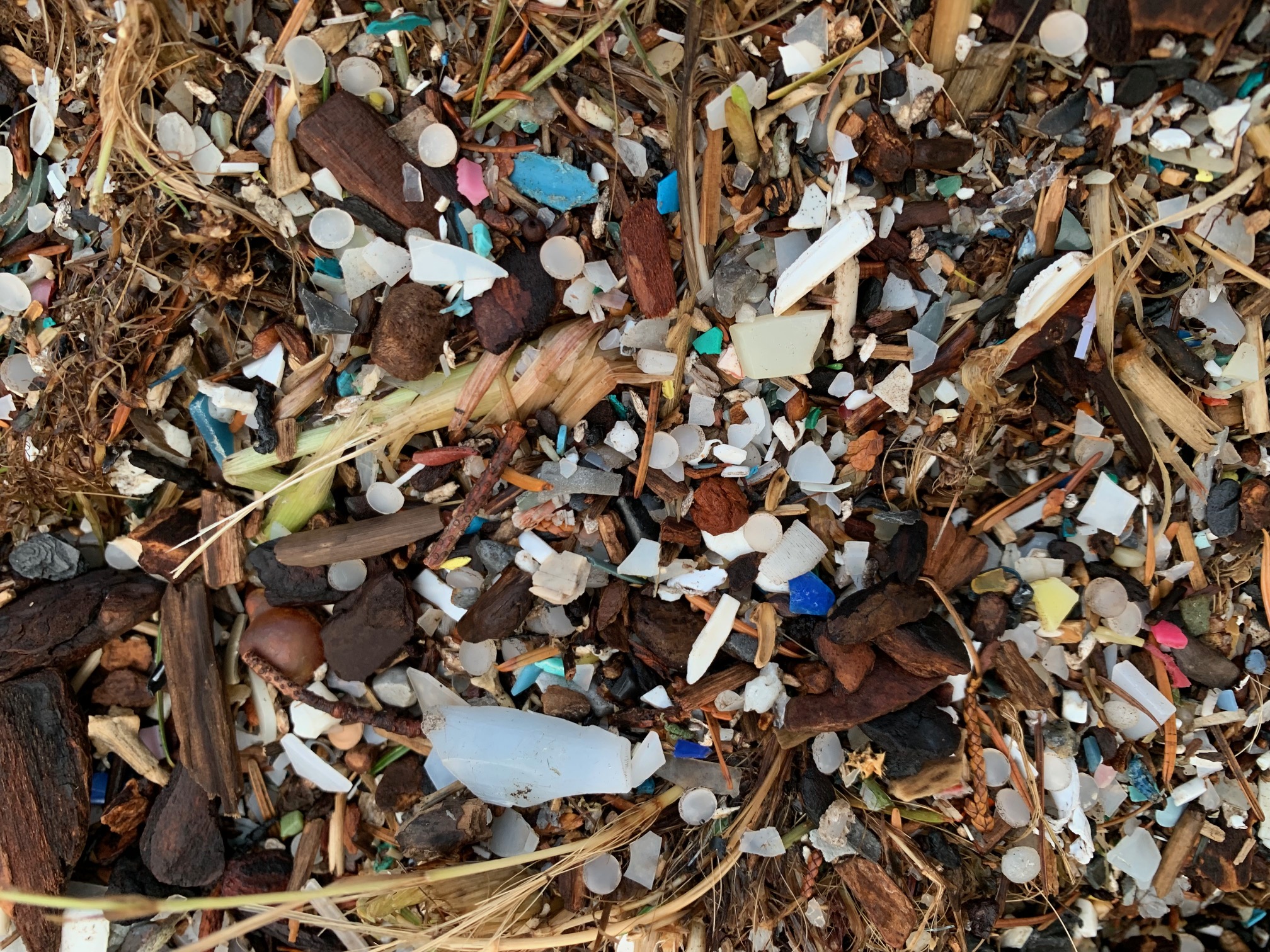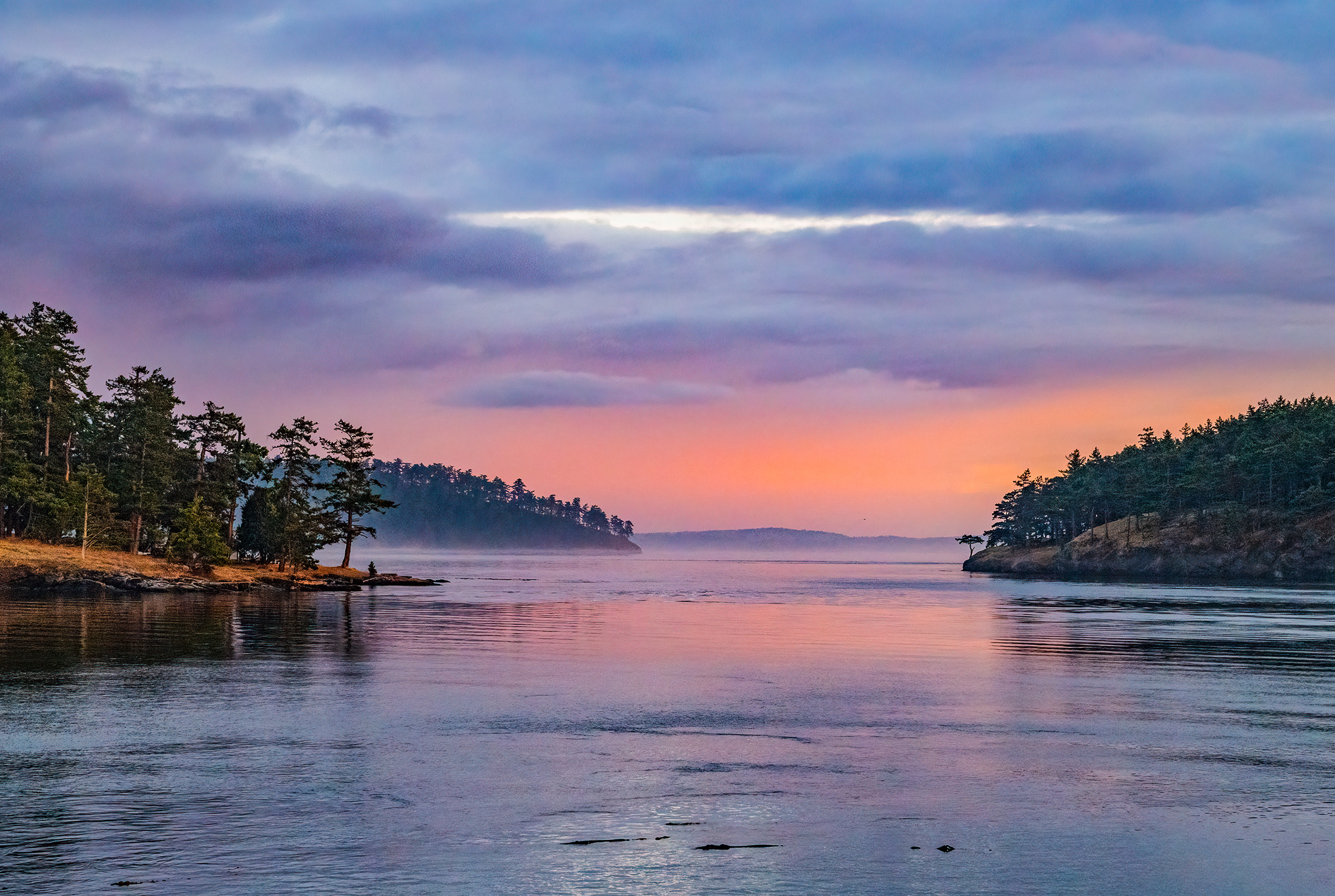Local action matters—especially when it comes to solving the global problem of plastic pollution. Across the San Juan Islands, Friends of the San Juans is helping islanders of all ages become informed, empowered, and active protectors of the Salish Sea. This spring, three community-powered projects highlight how Friends is turning education into advocacy, and awareness into action…
Island Students Tackle Plastic Pollution with Science, Action, and Art
In partnership with the San Juan County Department of Environmental Stewardship and with funding from the San Juan Island Community Foundation, Friends led a three-day Plastic Pollution & Action Education Program at Friday Harbor Middle School.
Sixth-grade students dove into the challenges plastic poses for the islands and brainstormed solutions to reduce waste and protect local ecosystems. They also took direct action, cleaning up their school grounds and creating vibrant bird sculptures out of marine debris with local artist Brook Meinhardt.
Impact: 55 students participated across math and science classes, gaining hands-on experience with environmental stewardship and creative expression.
Special thanks to the San Juan Island Community Foundation for funding this program and to artist Brook Meinhardt for connecting students to the intersection of art and science.
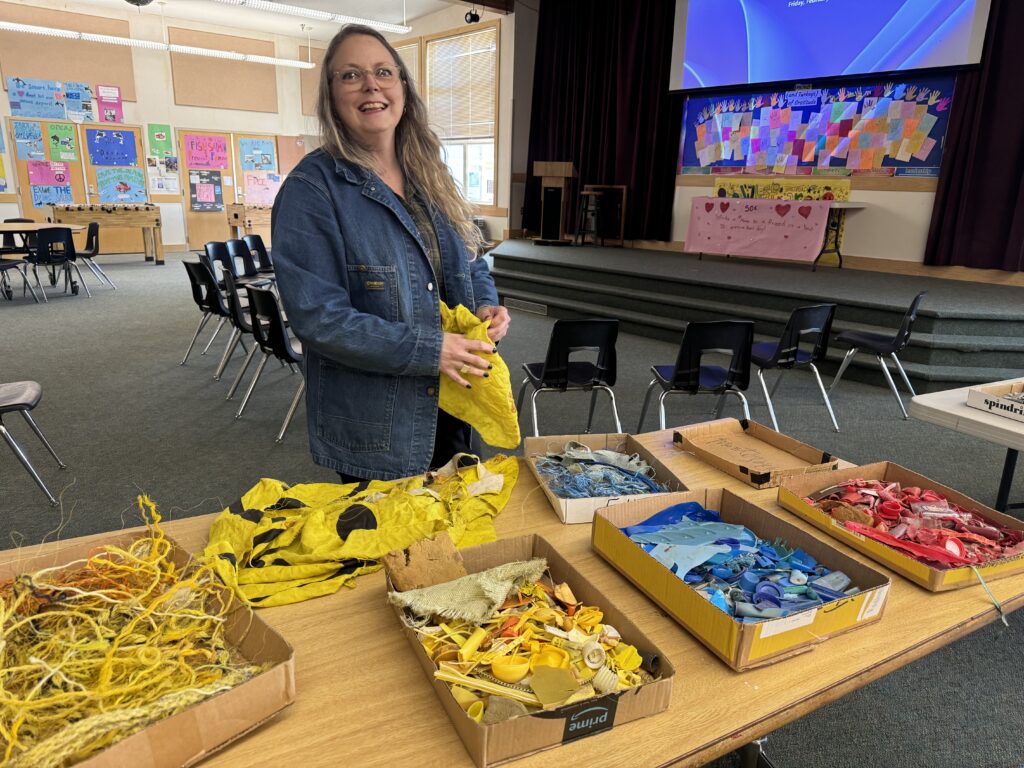
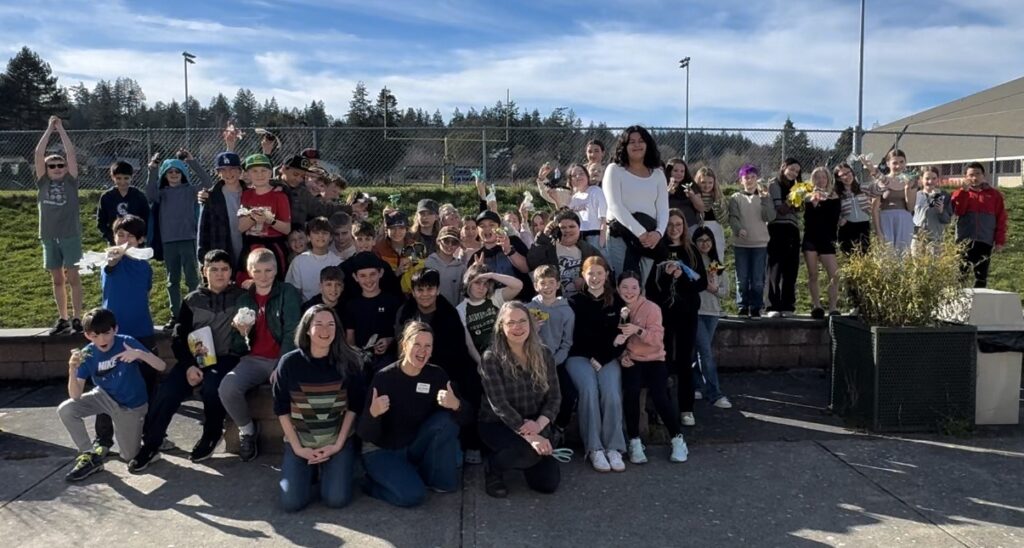
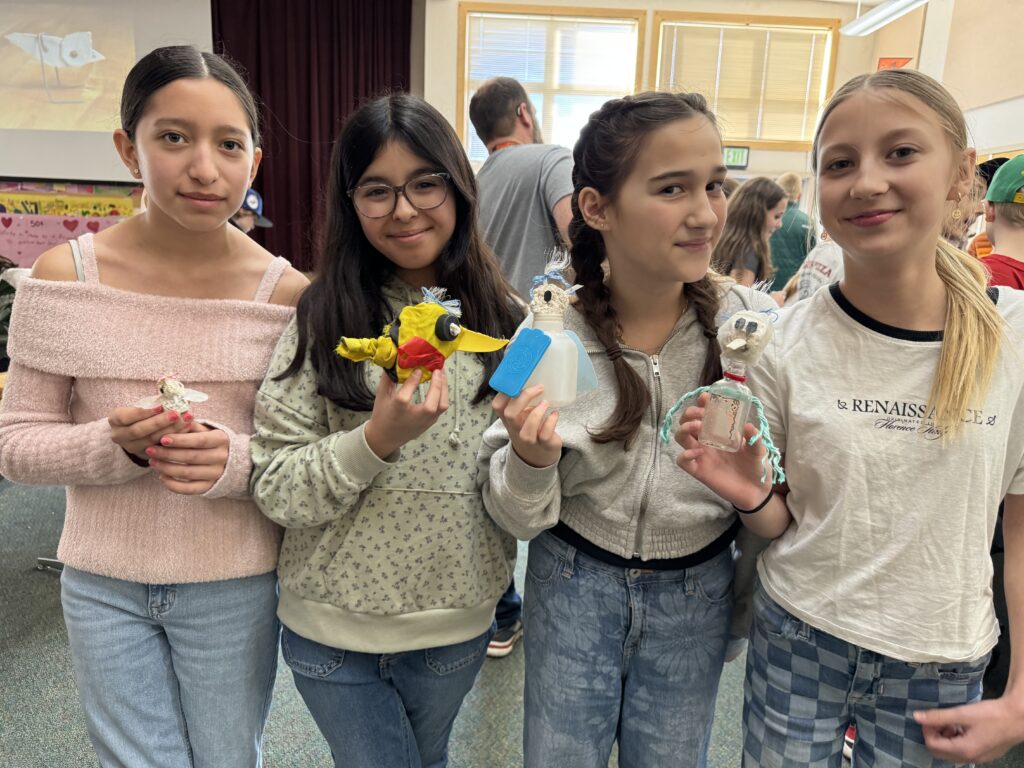
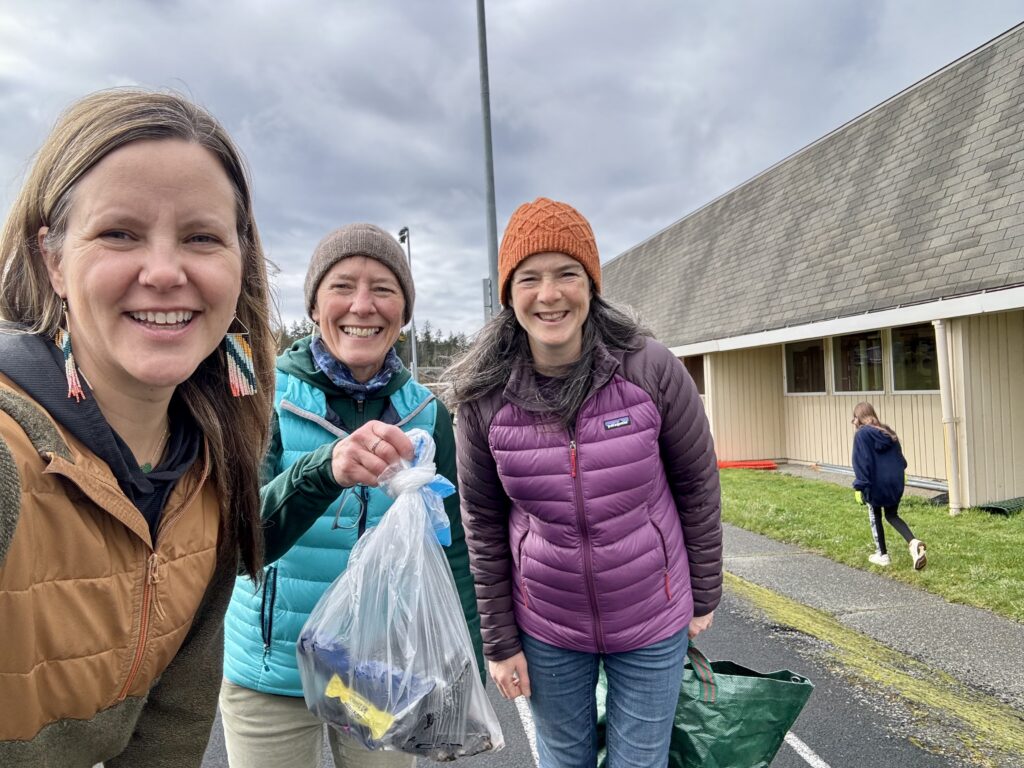
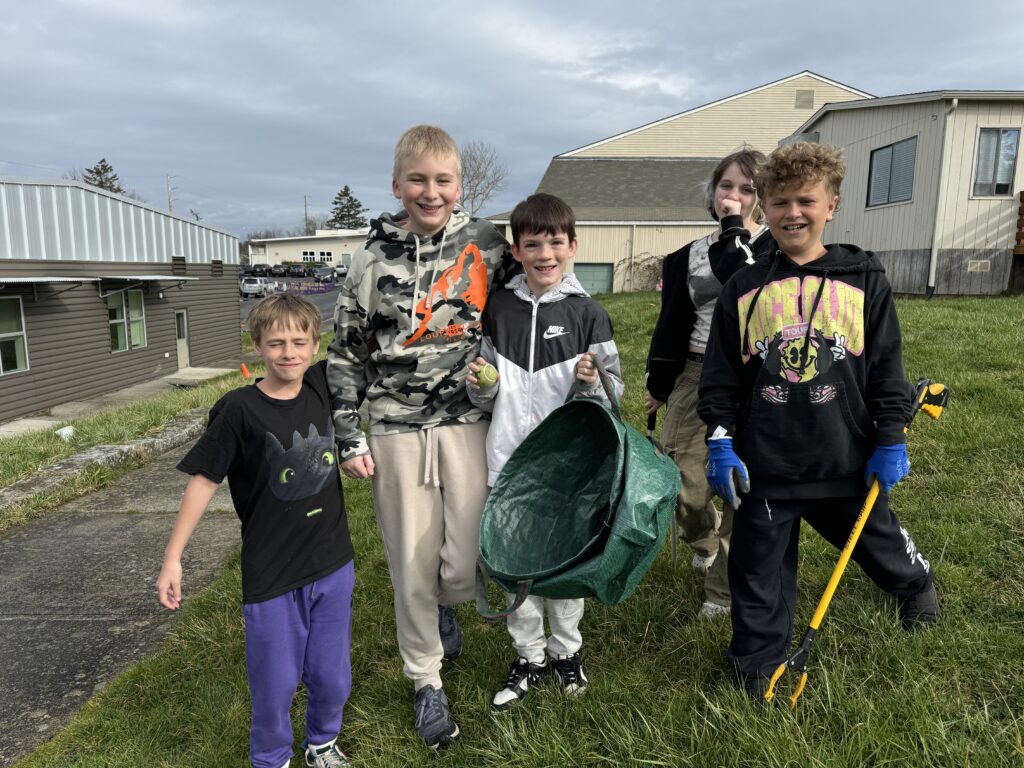
Local Youth Advocates Speak Up in Olympia
On March 24, members of Friday Harbor High School’s Eco Club traveled to Olympia to meet with legislators about environmental policy. With mentorship and logistical support from Friends and San Juan County’s Department of Environmental Stewardship, students advocated for the Recycling Reform Act, emphasizing the importance of resilient recycling systems for island communities.
The students met with 40th District Representatives Alex Ramel and Debra Lekanoff and Senator Liz Lovelett, learning firsthand how bills become law—and how their voices can shape the process.
“It gives me great hope to hear youth stand up for what they believe in. I’ve heard two students say they may go into policy because of this experience.” — Jess Newley, Friends‘ Community Science and Education Director, who co-advises the Eco Club with Katie Fleming from San Juan County
This trip was made possible by Friends’ members and the Madrona Institute.

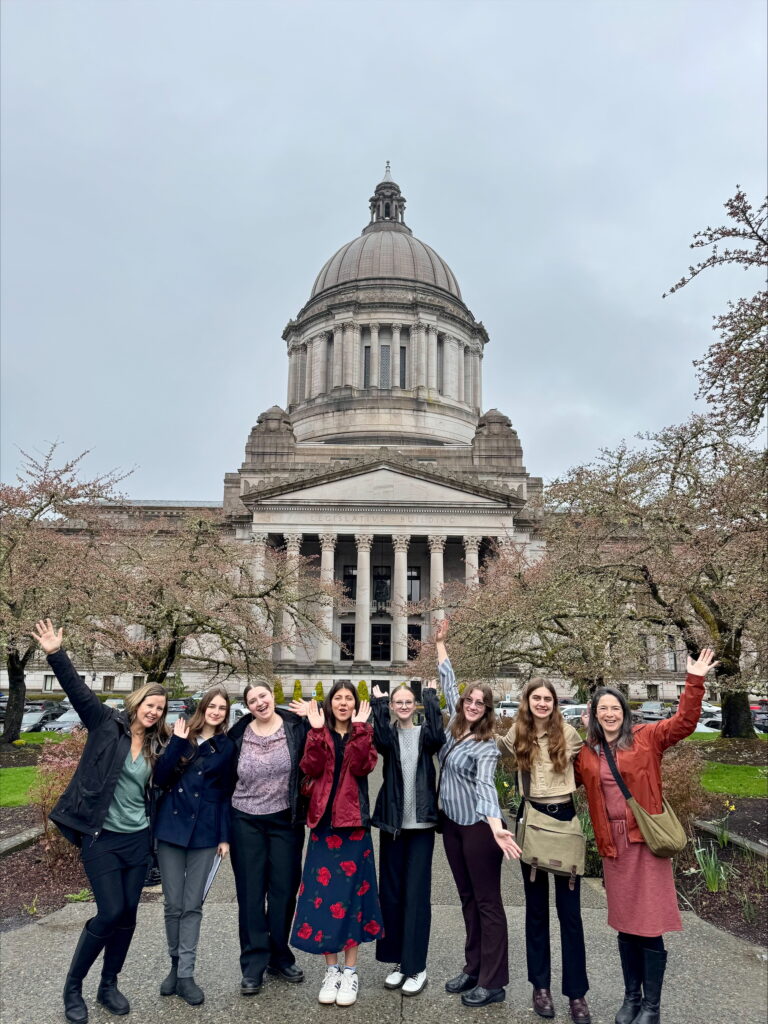
Hunting for Nurdles at the Great Islands Clean-Up
On April 26, Friends joined the Great Islands Clean-Up by hosting a “Great Nurdle Hunt” at Jackson Beach on San Juan Island. While the wider event focused on roads, public spaces, and general beach clean-up, our team invited volunteers to go deeper—literally and figuratively—by focusing on the small but harmful plastic pellets known as nurdles.
Participants learned what nurdles are, how they threaten marine life, and how they reach even the most remote beaches. Families, kids, and community members worked together to remove nurdles and other microplastics from the shoreline, proving that even the smallest actions can make a difference.
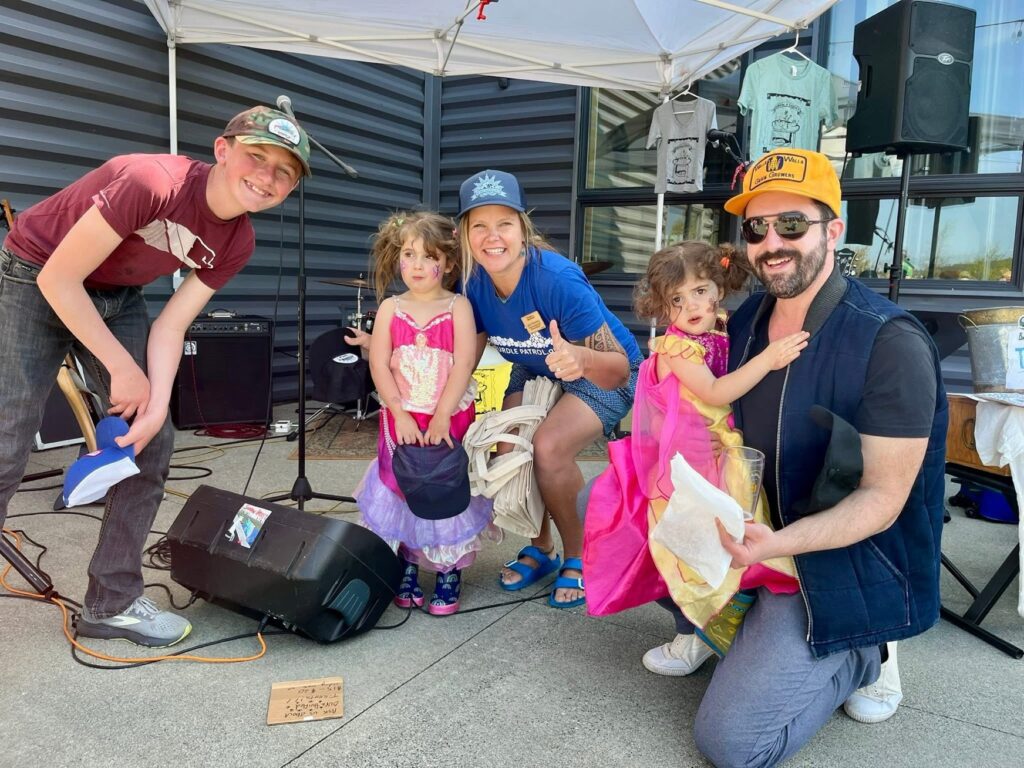
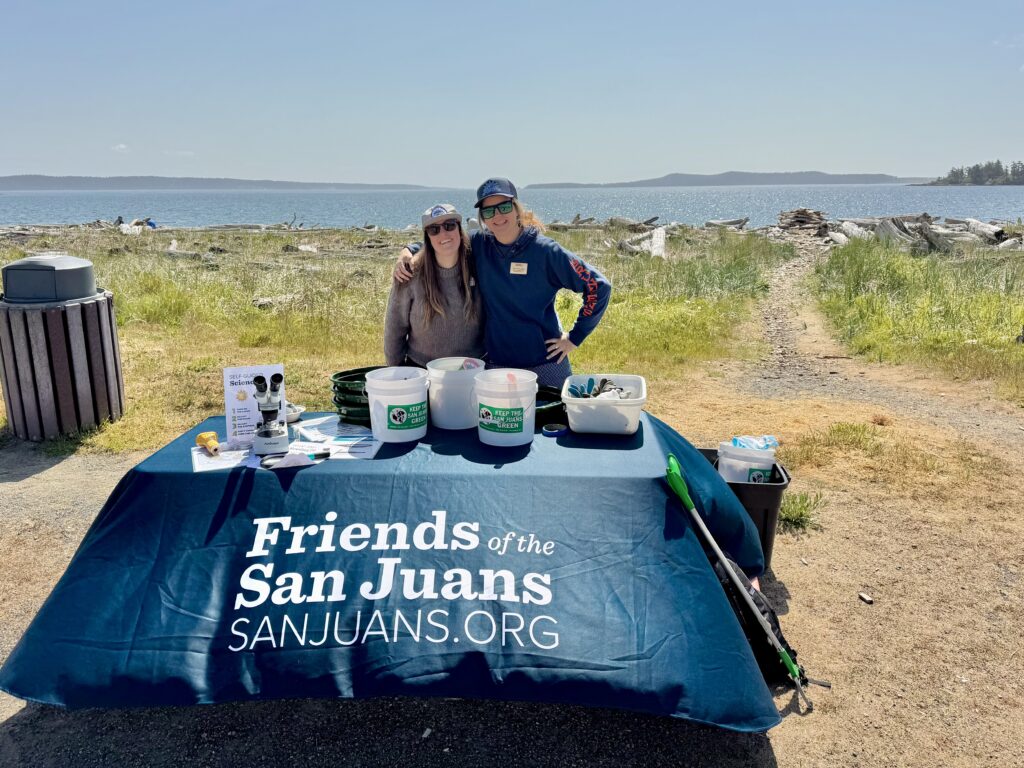

What Are Nurdles?
A Tiny Pellet with a Big Problem
Nurdles are small plastic pellets—about the size of a lentil—used as the raw material to make plastic products. They’re produced in vast quantities and often spilled during manufacturing or transport. Lightweight and buoyant, nurdles escape easily into the environment and travel long distances on ocean currents.
Once in the water, nurdles act like toxic sponges, absorbing harmful chemicals. Marine animals often mistake them for food, leading to contamination and health impacts throughout the food web.
Why are they on San Juan Island?
Despite our rural location, San Juan Island sits near some of the busiest shipping lanes in the Pacific Northwest. Cargo containers carrying nurdles have been known to spill directly into the ocean during transit, especially in rough seas. These spills can release millions of pellets at once, which then disperse widely—including onto our local beaches. Additionally, nurdles are produced and handled in the Salish Sea region, particularly in British Columbia’s Lower Mainland.
Currents and tides trap these microplastics on shorelines, making them difficult to see and remove, but critical to clean up.
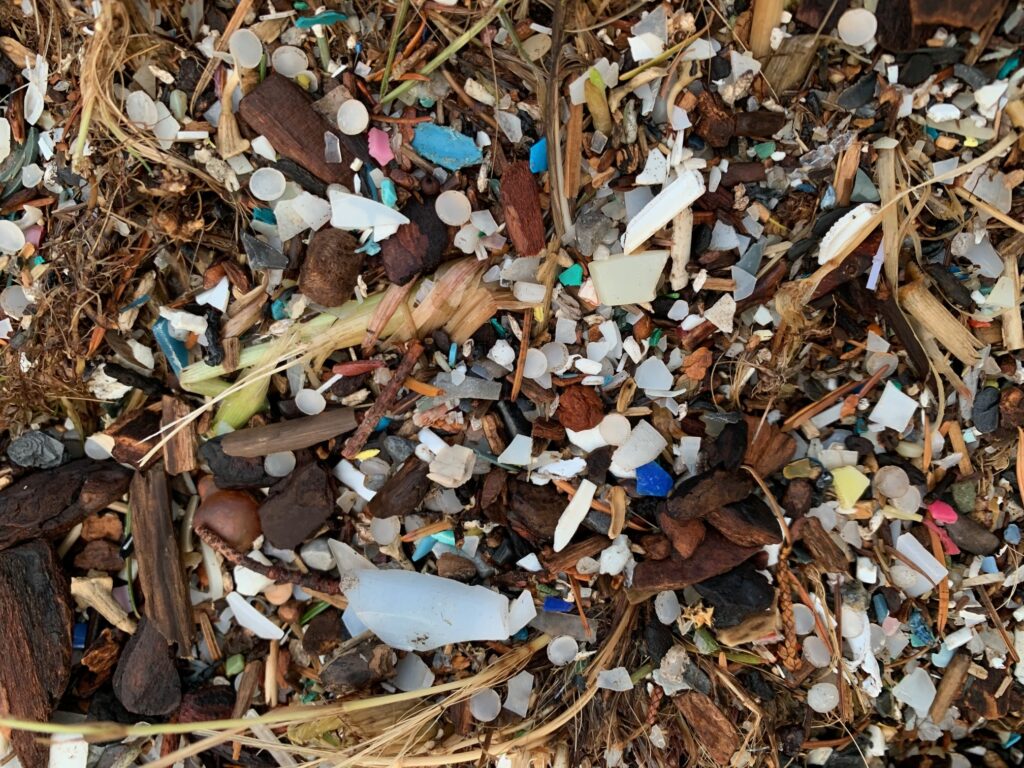
Are you passionate about plastics like we are?
From community science to action alerts and beach clean-up events, we would love to keep you updated on the latest opportunities to turn the tide on plastics in the San Juans and Salish Sea. Email friends@sanjuans.org.

